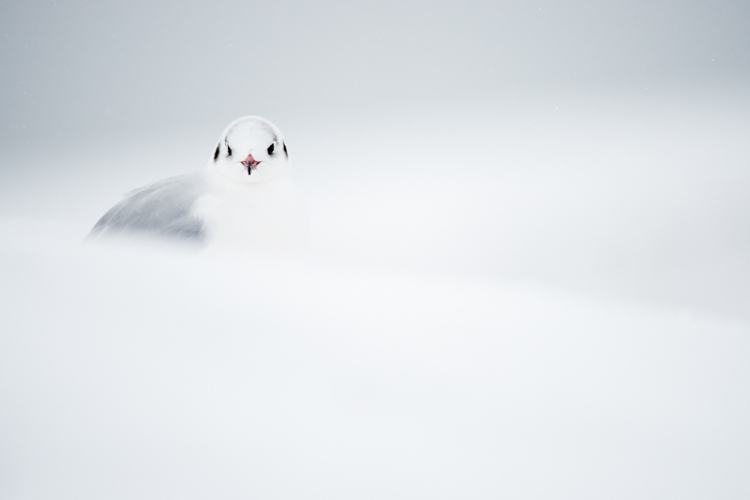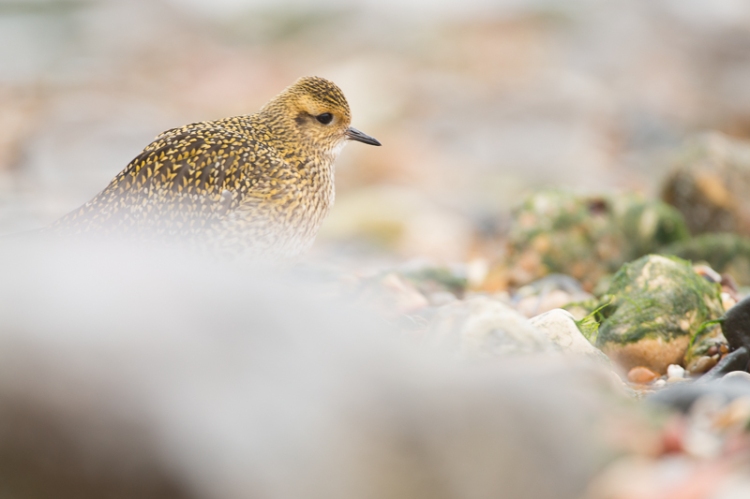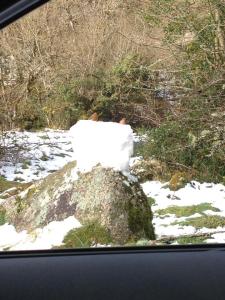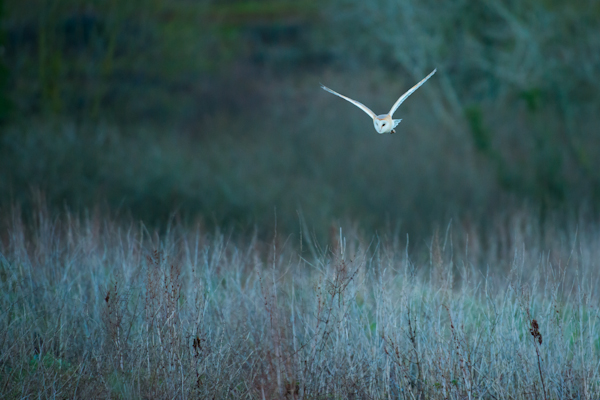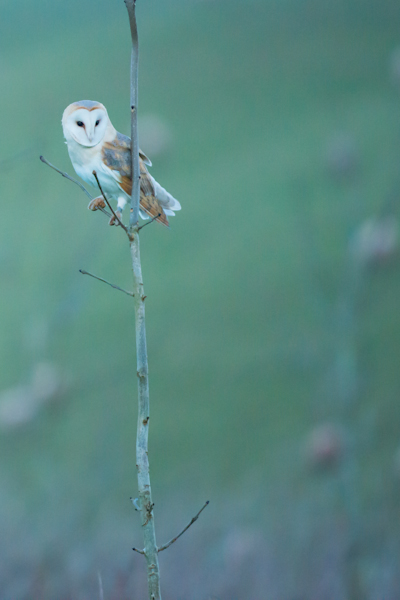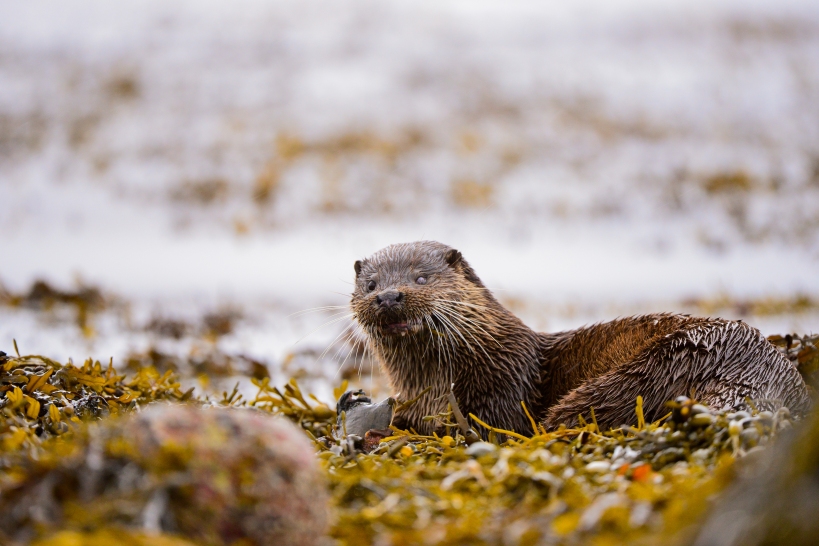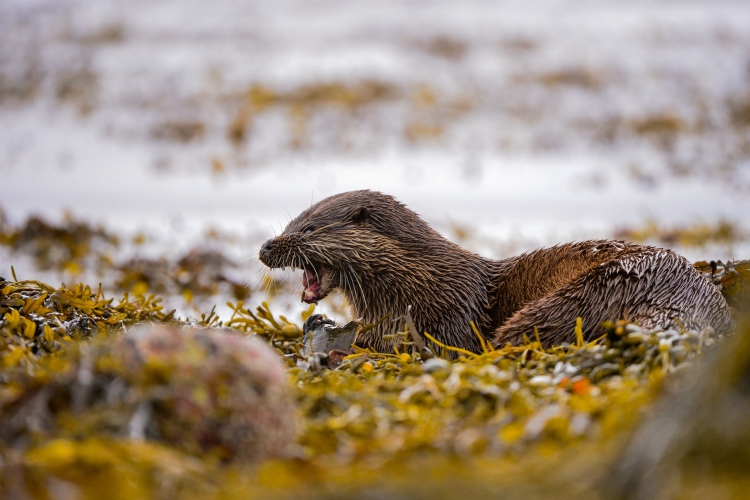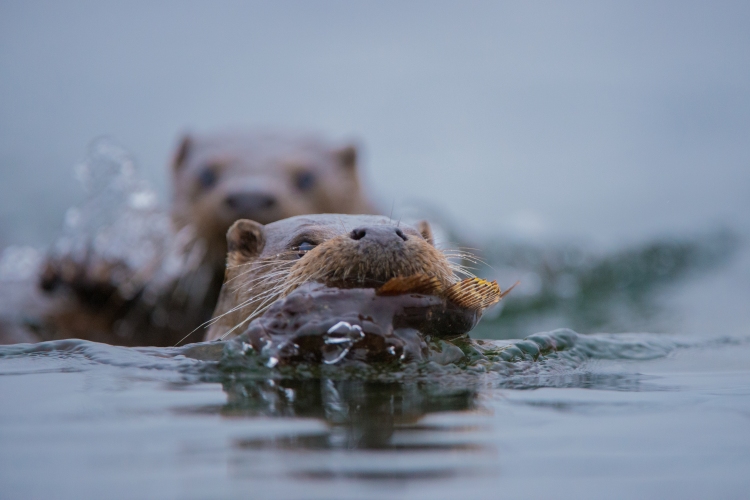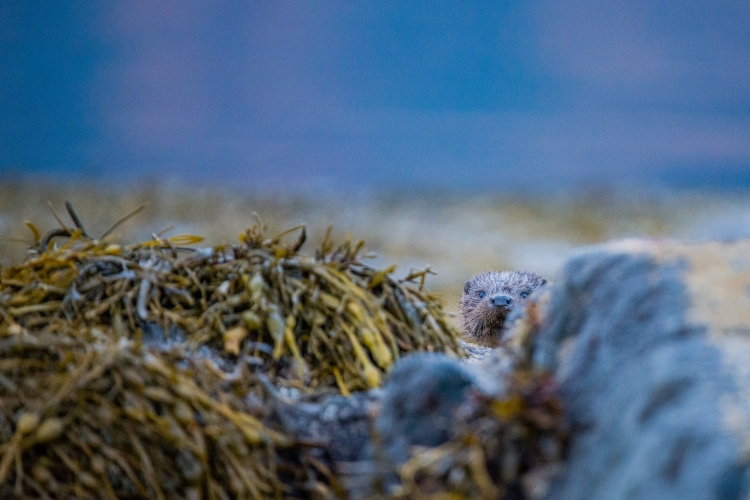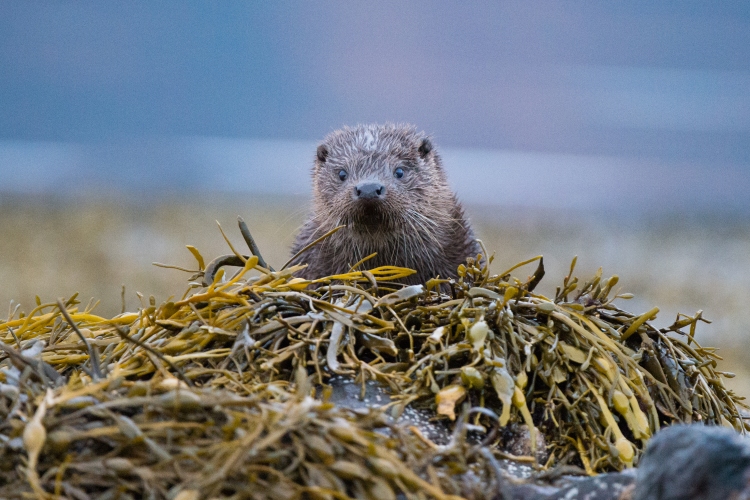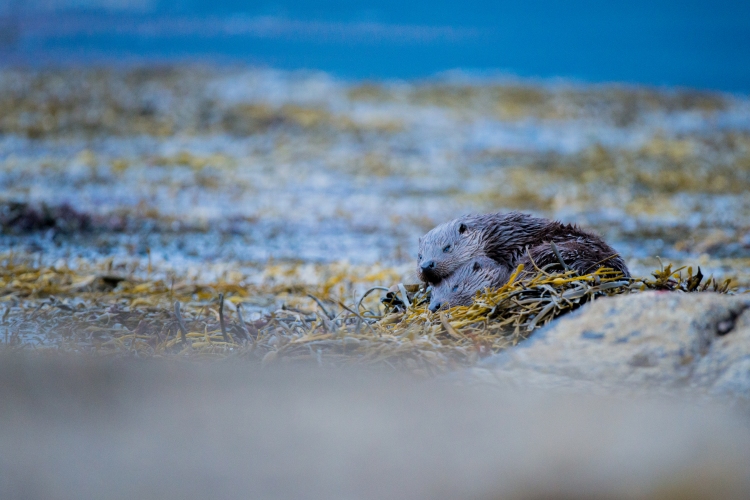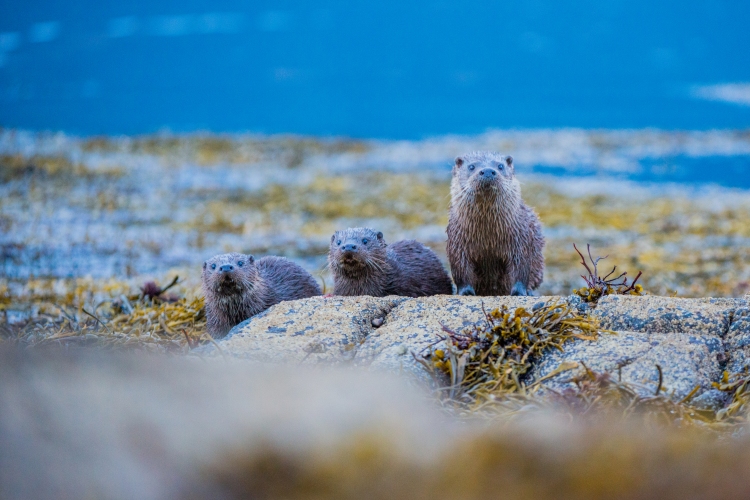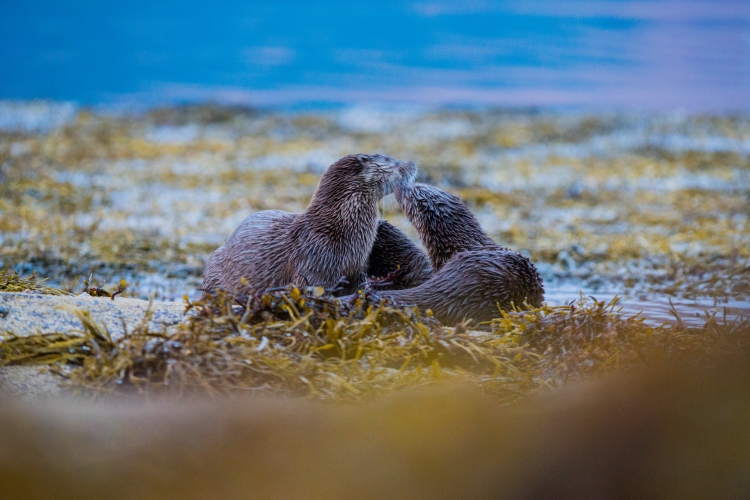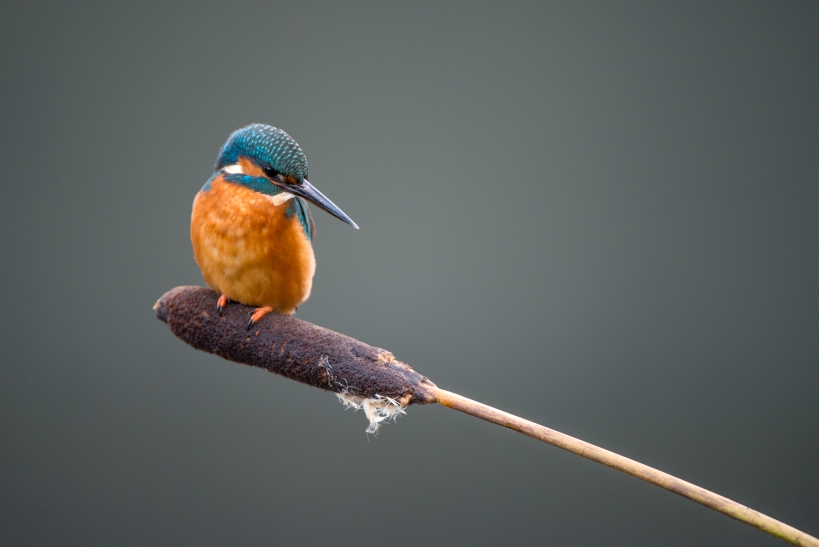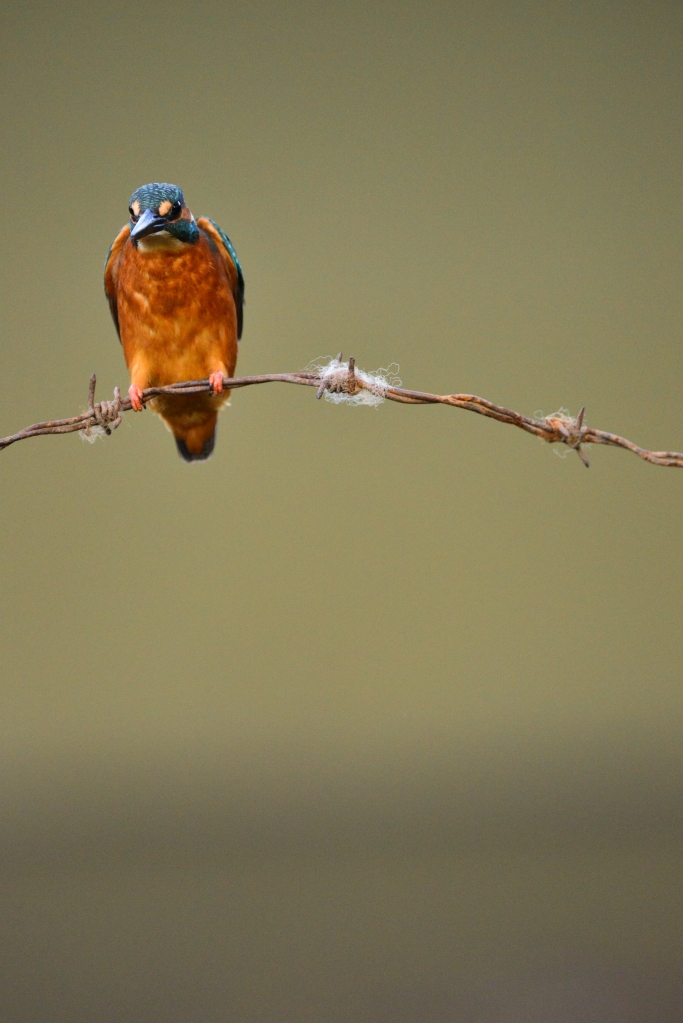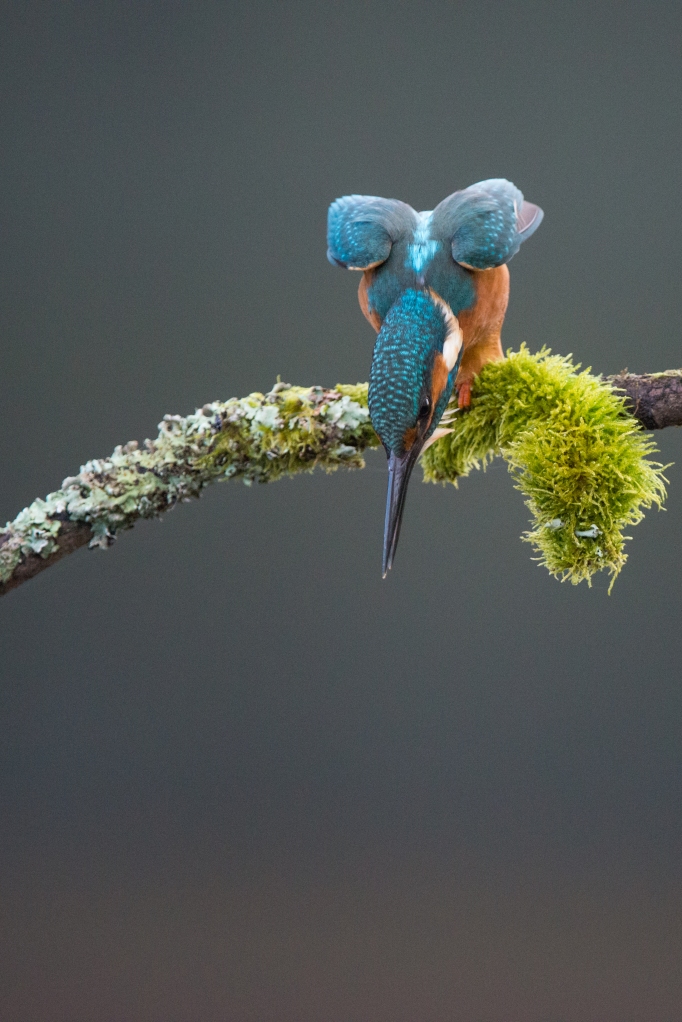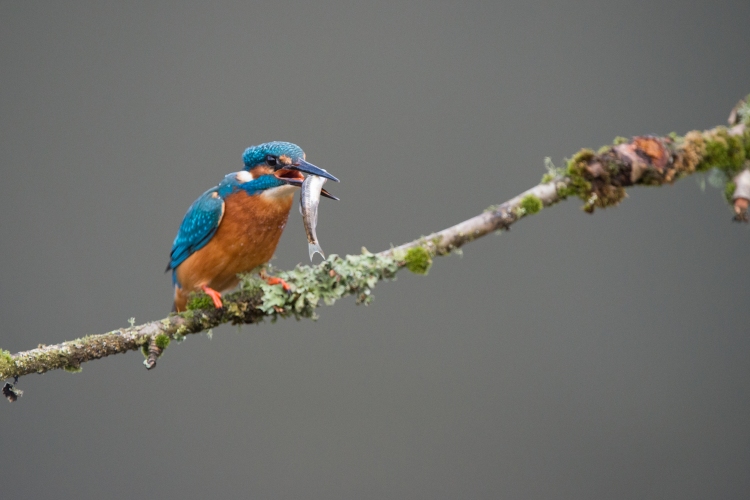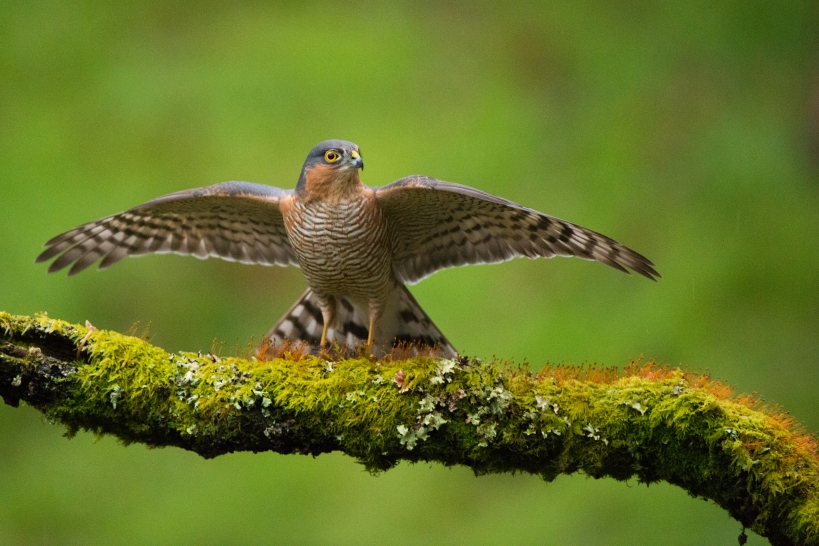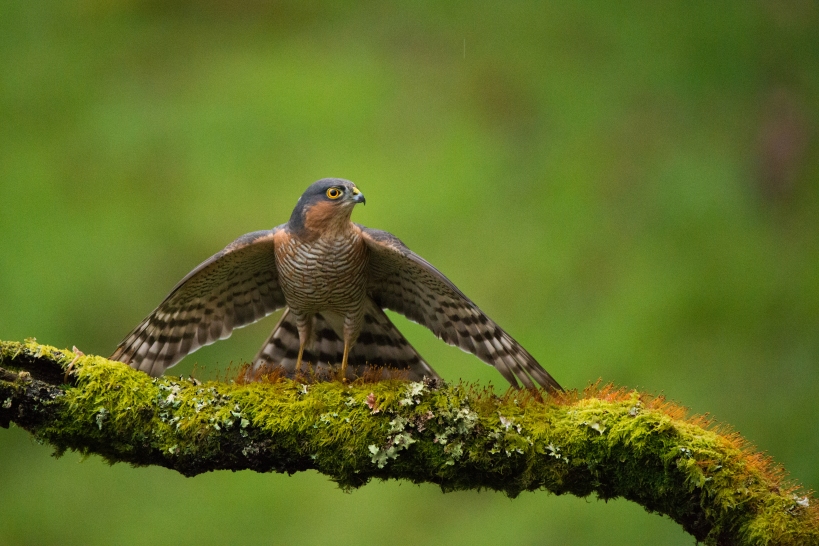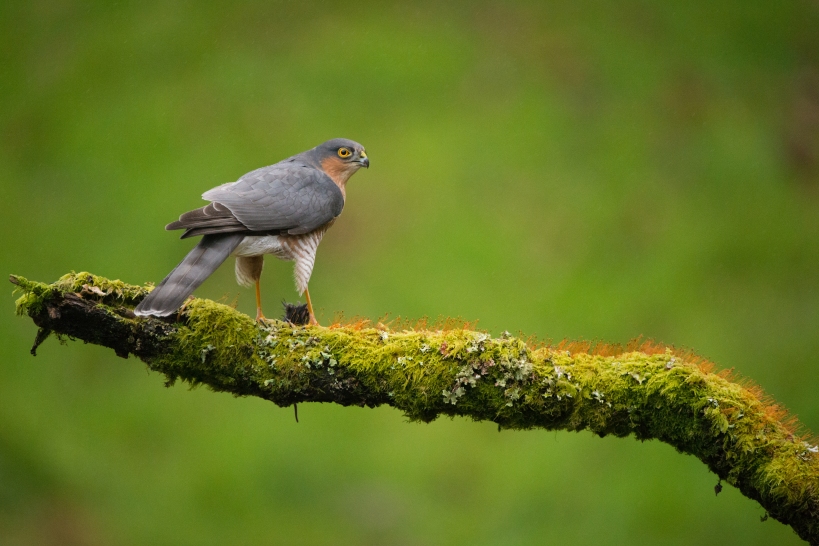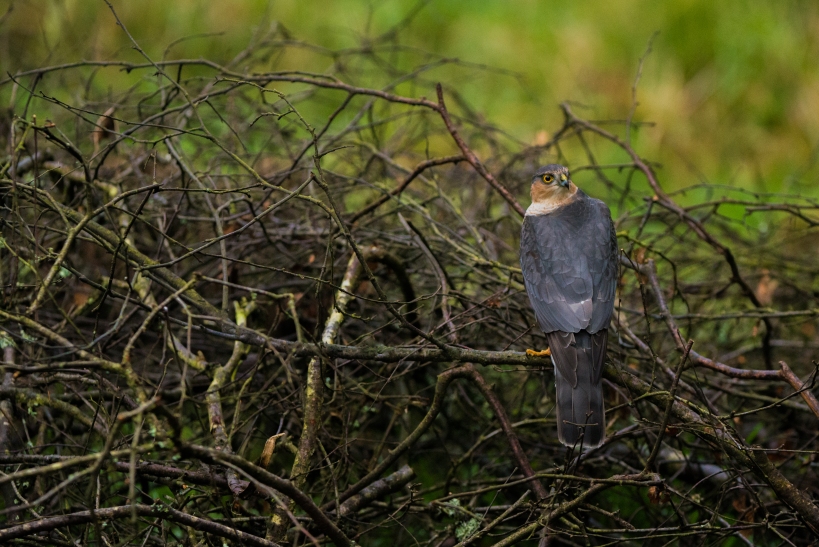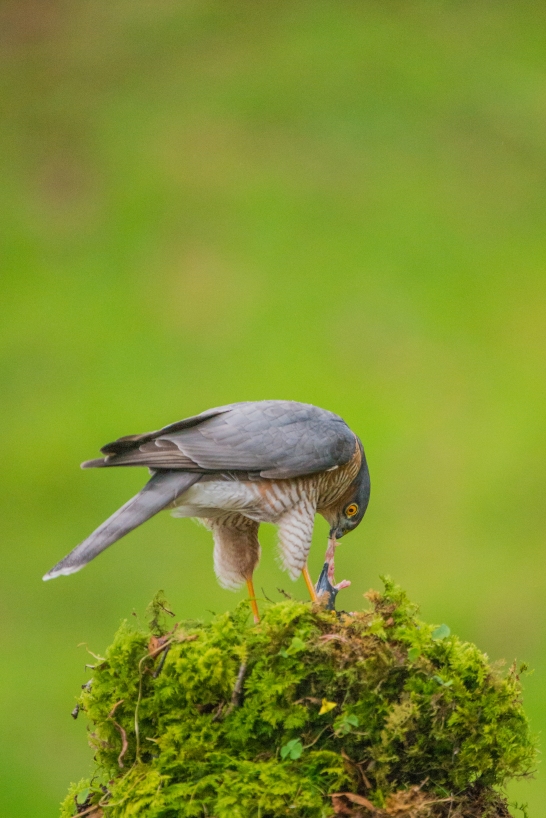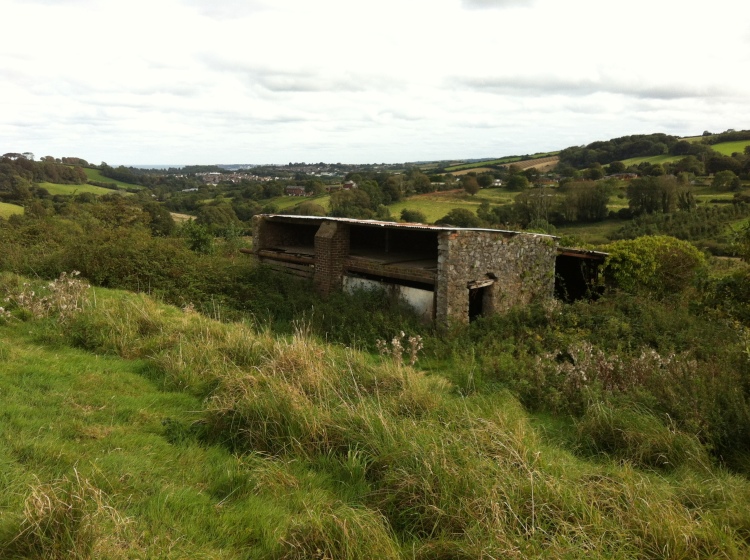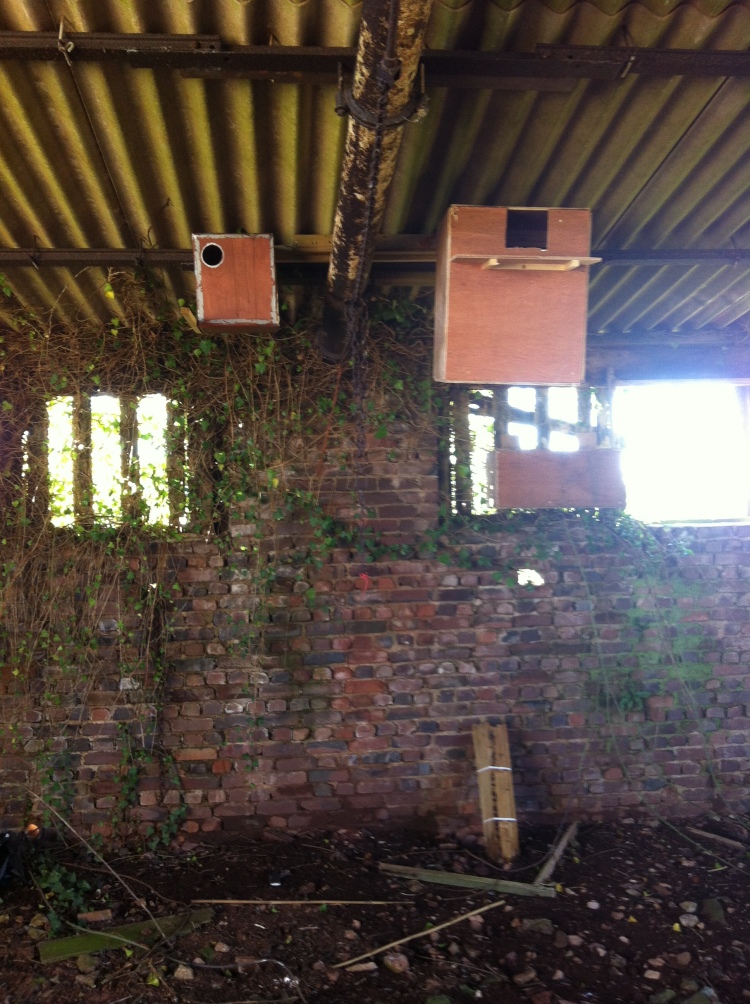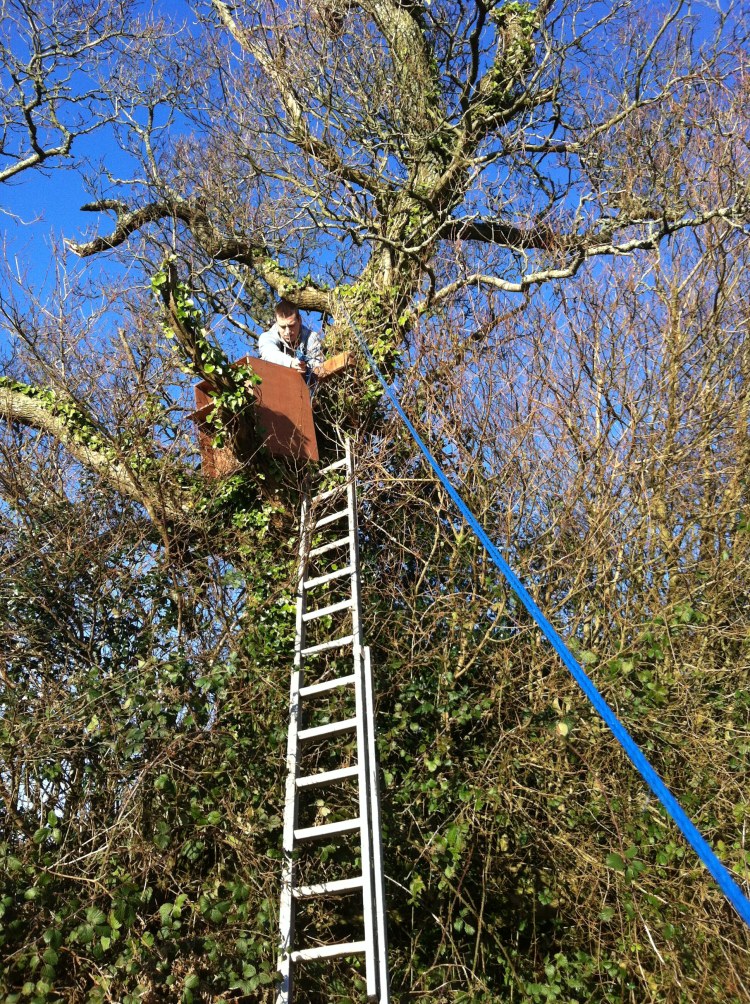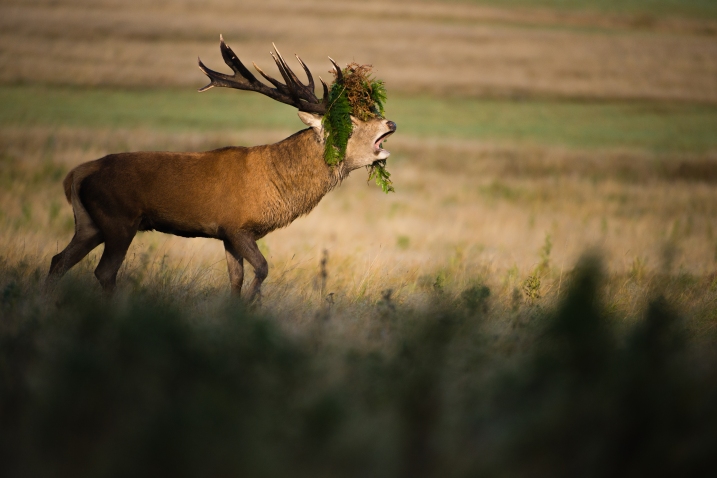I have always wanted to go to Norfolk in winter for a number of reasons. Firstly, it is home to several fantastic nature reserves which attract some pretty spectacular birdlife in the winter months and secondly, it is one of the best places to see Barn Owls hunting in the freezing conditions in daylight. I headed up to the North Norfolk coast to join a tour run by Natures Images and led by professional wildlife photographer Danny Green.
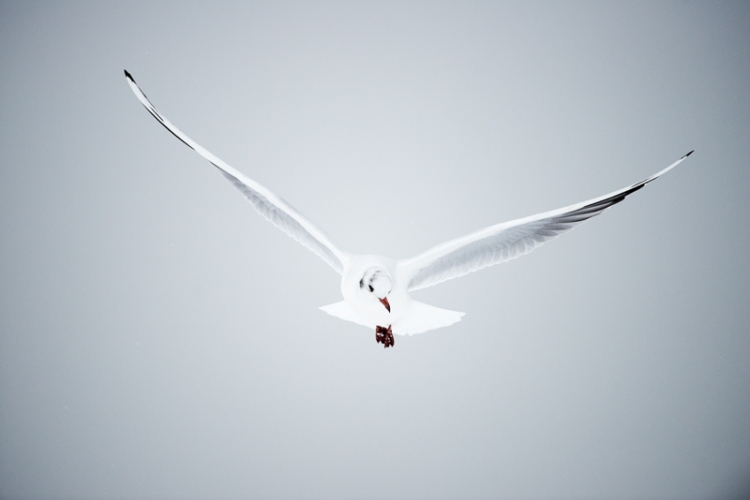
I have never really been keen on these sort of group tours before but having heard about Danny and other tours he leads I felt sure it would be worthwhile. Normally I like to plonk myself in a ditch somewhere as far away from any body else as possible!
The weekend would focus on a variety of species including waders, owls and other winter specialities that call this freezing and windswept neck of the woods home. The weather was quite honestly crap! It was bitterly cold and most places were under a reasonable amount of snow, which made certain birds easier to find as they were more active in search of food. We soon found some gulls and turnstones near Cley marshes and I managed some nice shots by getting low to the ground and using the snowy foreground to frame the birds nicely. I really like the way snow reflects light onto the birds, giving a different level of detail than conventional lighting conditions.
A Black-Headed Gull in Winter plumage
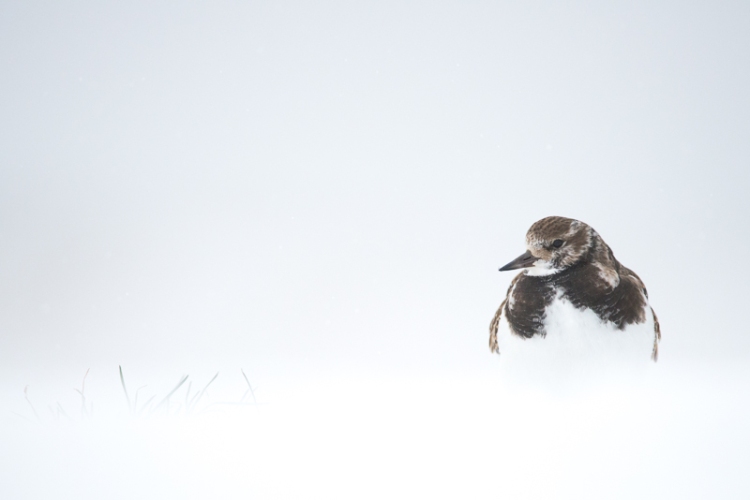
One of the many Turnstones, not the easiest to capture without its friends!
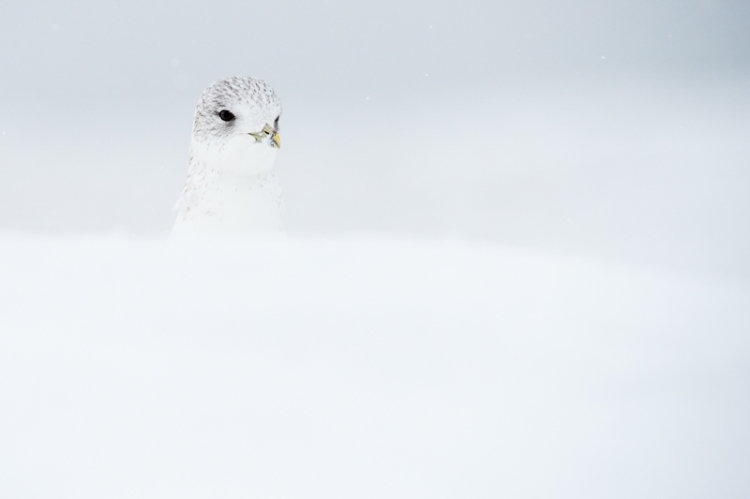
A not so common Common Gull!
Strangely even though I live near Dawlish Warren and the Exe Estuary I have never really spent much time photographing waders, so I was delighted to have the opportunity to lie in the shingle getting cold and wet photographing a variety of species on a beach. Again, by getting low to the ground I was able to isolate individual birds and get some pleasing portraits in the overcast conditions.
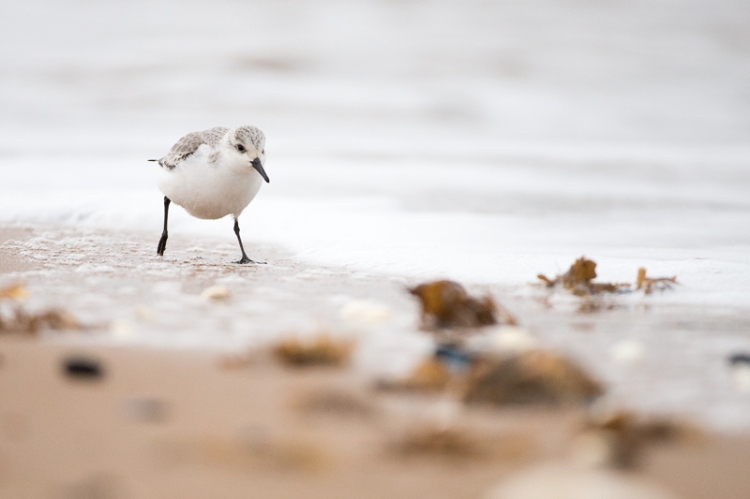
Unfortunately we only had a single brief encounter with a Barn Owl, they have struggled terribly this year with all the rain and I fear that their numbers will be affected further by the recent arctic conditions.
I have picked out a couple of my personal favourites and the rest of the images are in a slideshow under them. I should point out the trip was fantastically guided by Danny and I would recommend anyone to certainly consider Natures Images when planning any wildlife related trips.

